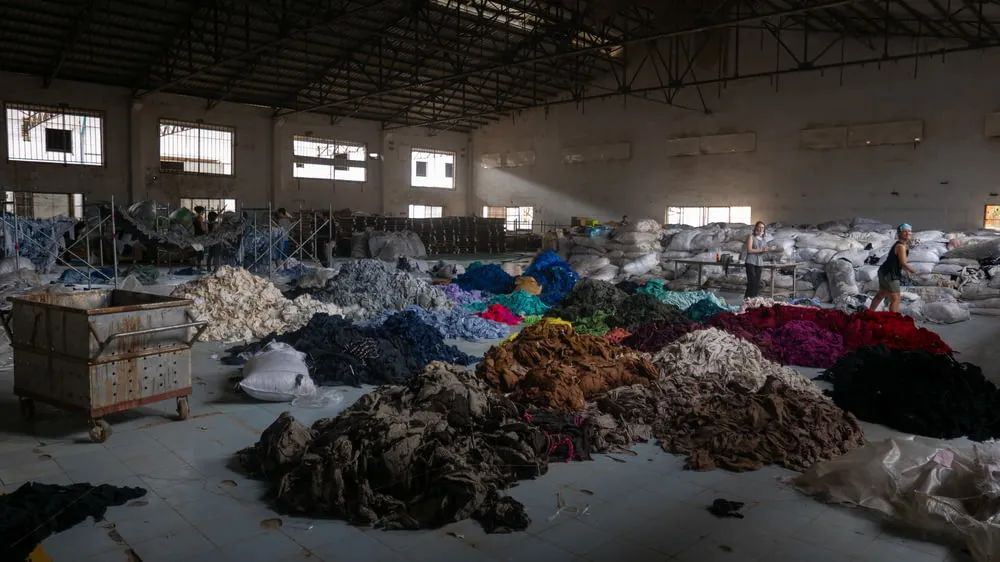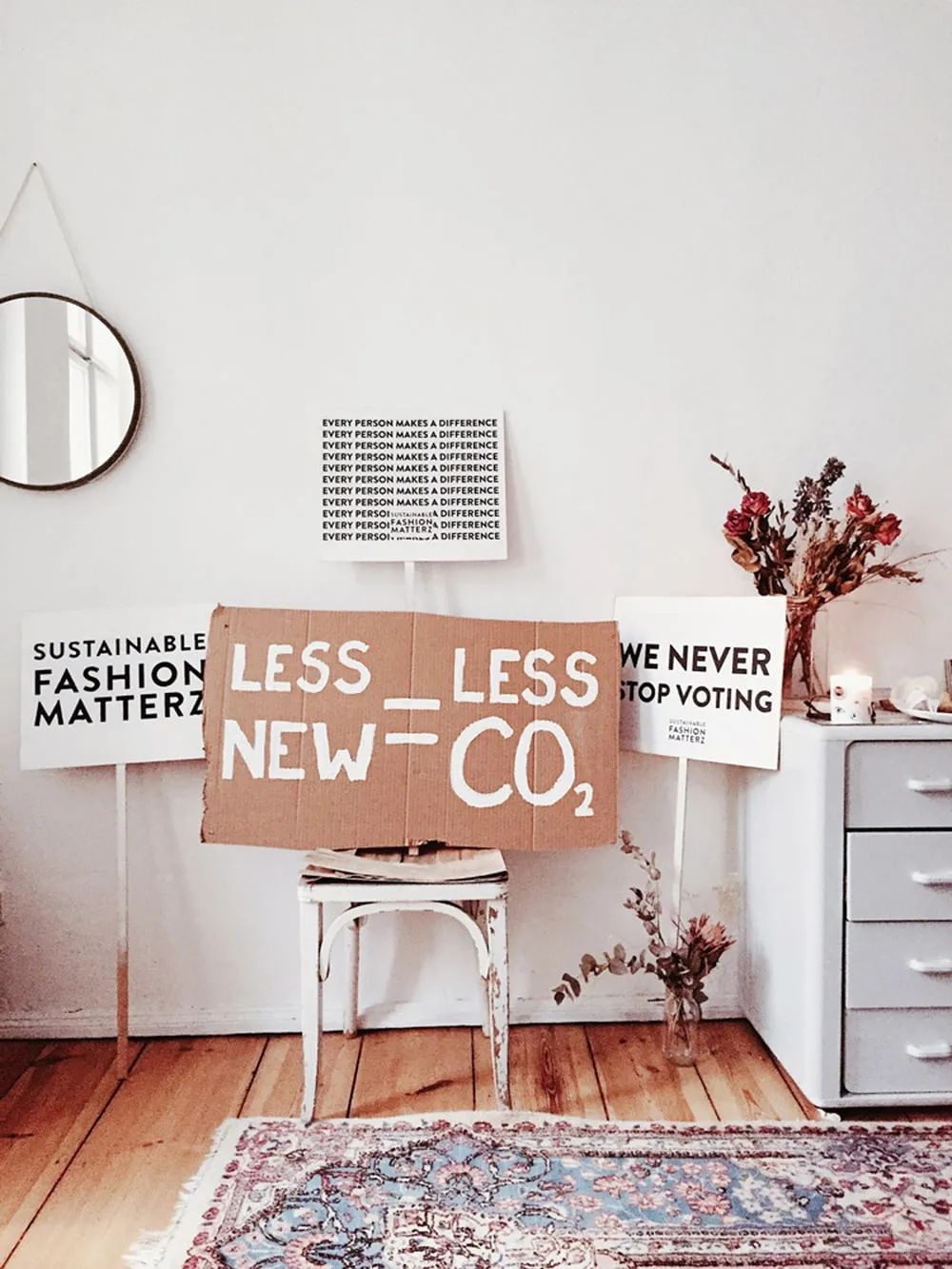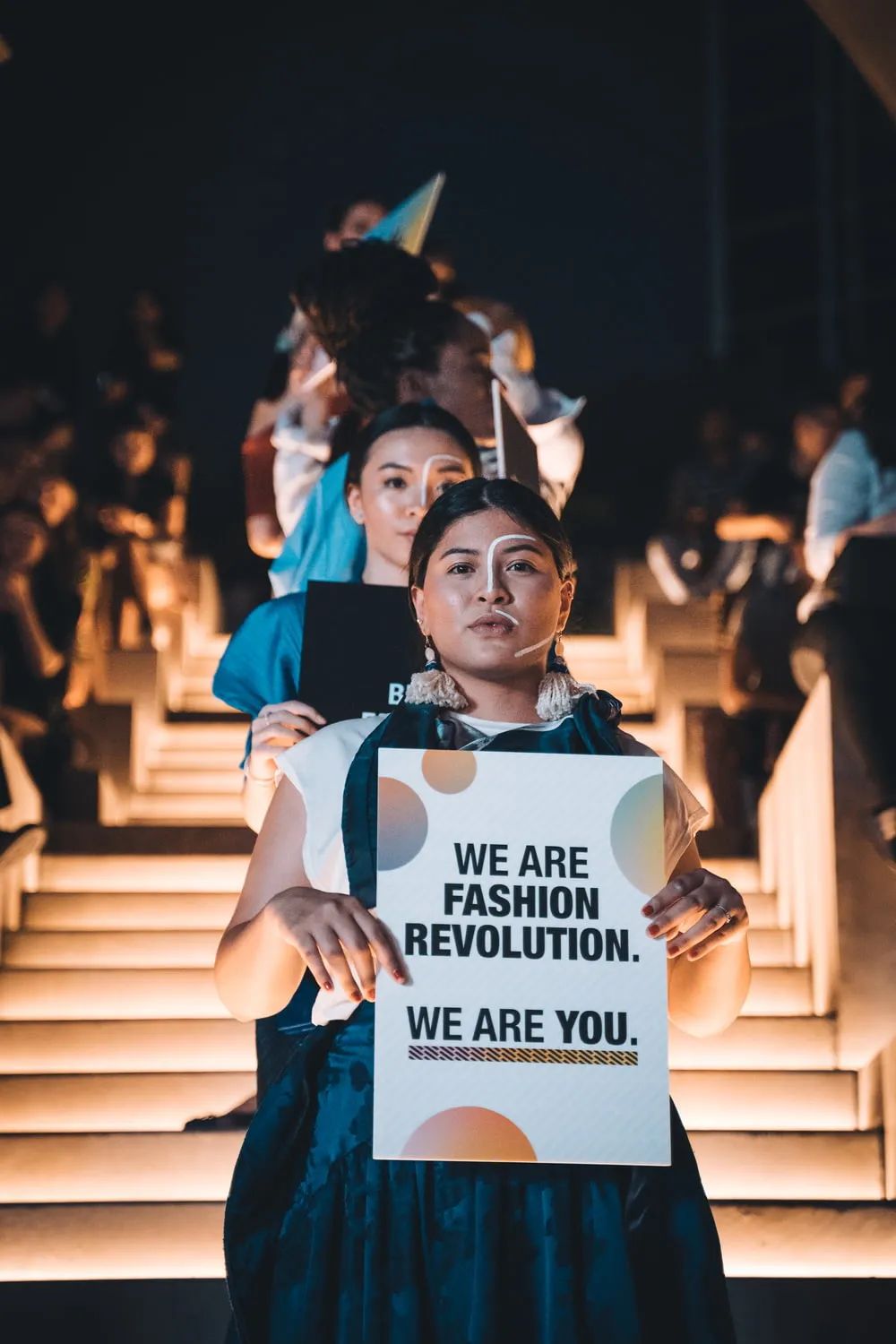What is Sustainable Fashion

What is Sustainable Fashion
The value chain of the fashion industry spans the world. This huge industry is worth approximately US$3 trillion, accounting for 2% of the global per capita GDP. There are approximately 300 million people working in related industrial chains, 80% of whom are women. In 2021, the market value of e-commerce in the global fashion industry will reach US$75.95 billion, with categories including clothing, accessories and footwear. The fashion industry includes various branch industries. In addition to brands and haute couture, online and offline retailers that consumers have direct contact with, there are also companies that manufacture and sell fabric accessories, factories and craftsmen who make clothing, etc. In addition, the fashion industry also involves marketing and fashion shows, including models, stylists, hairstylists, makeup artists, model agents, photographers and other non-fashion industries, forming a more complex fashion ecosystem.
According to predictions, the scale of the fashion industry will continue to grow in the future. Due to its sheer size and complex systems, the fashion industry is having a major impact on the world's sustainability in many different ways.
Fashion Industry Impact

Over the past 20 years, the emergence of "fast fashion" and falling clothing prices have meant people own five times more clothes than their grandparents did. This cheap "fast fashion" in turn has an extremely negative impact on human health, the living environment and the working environment of clothing practitioners.
Not only that, the disposal of discarded clothes is also a serious problem. Globally, some used clothing has entered the donation and recycling channels, but a large proportion is still landfilled or incinerated. Landfilling not only takes up land resources, but also has problems such as long natural decomposition time and contamination of groundwater resources. Incineration will produce air pollution. Therefore, both methods are not environmentally friendly and sustainable.

At present, the emissions of carbon dioxide, methane and other greenhouse gases caused by the textile industry have exceeded the total emissions of all international flights and shipping combined, accounting for 2-8% of global greenhouse gas emissions. Moreover, the textile industry consumes about 215 trillion liters of water every year and has become the second largest user of water in the world. It discharges about 20% of the world's wastewater every year. Microfibers in textile wastewater account for 9% of marine microplastics every year and have become one of the most important sources of marine plastic pollution. In addition, due to low recycling rates, the industry's annual material losses amount to US$100 billion.
If the production process and consumption model of the fashion industry maintain the status quo, it will cover 26% of the global carbon footprint by 2050, which will lead to rising social and environmental costs of the fashion industry. Clearly, we must take steps to change the status quo.
The meaning of sustainable fashion

The meaning and reference of “sustainable fashion” is all-encompassing, covering not only the impact on the environment and ecology, but also the welfare of labor and animals in the manufacturing process, as well as regional development. Closely related to products, manufacturing processes, activities and actors (decision makers, brands, consumers), not only focusing on fashion products (textiles, clothing, bags, shoes, accessories, etc.), but also focusing on the entire value chain of the fashion industry Multiple parties participate in all aspects of design, research and development, production and manufacturing, consumption and recycling, including consumers’ understanding and support for the consumption of sustainable fashion products.
In general, "sustainable fashion" mainly refers to promoting the fashion industry to reduce resource consumption, environmental degradation and ecological pollution during the value chain process and product life cycle by comprehensively considering environmental, social, economic and cultural factors to protect the ecological environment. and processes to improve social equity.
The fashion industry can improve sustainability in a variety of ways, including improving the green design of products, choosing environmentally friendly materials, using clean energy, reusing waste, and promoting circular design systems and shared economic models.
